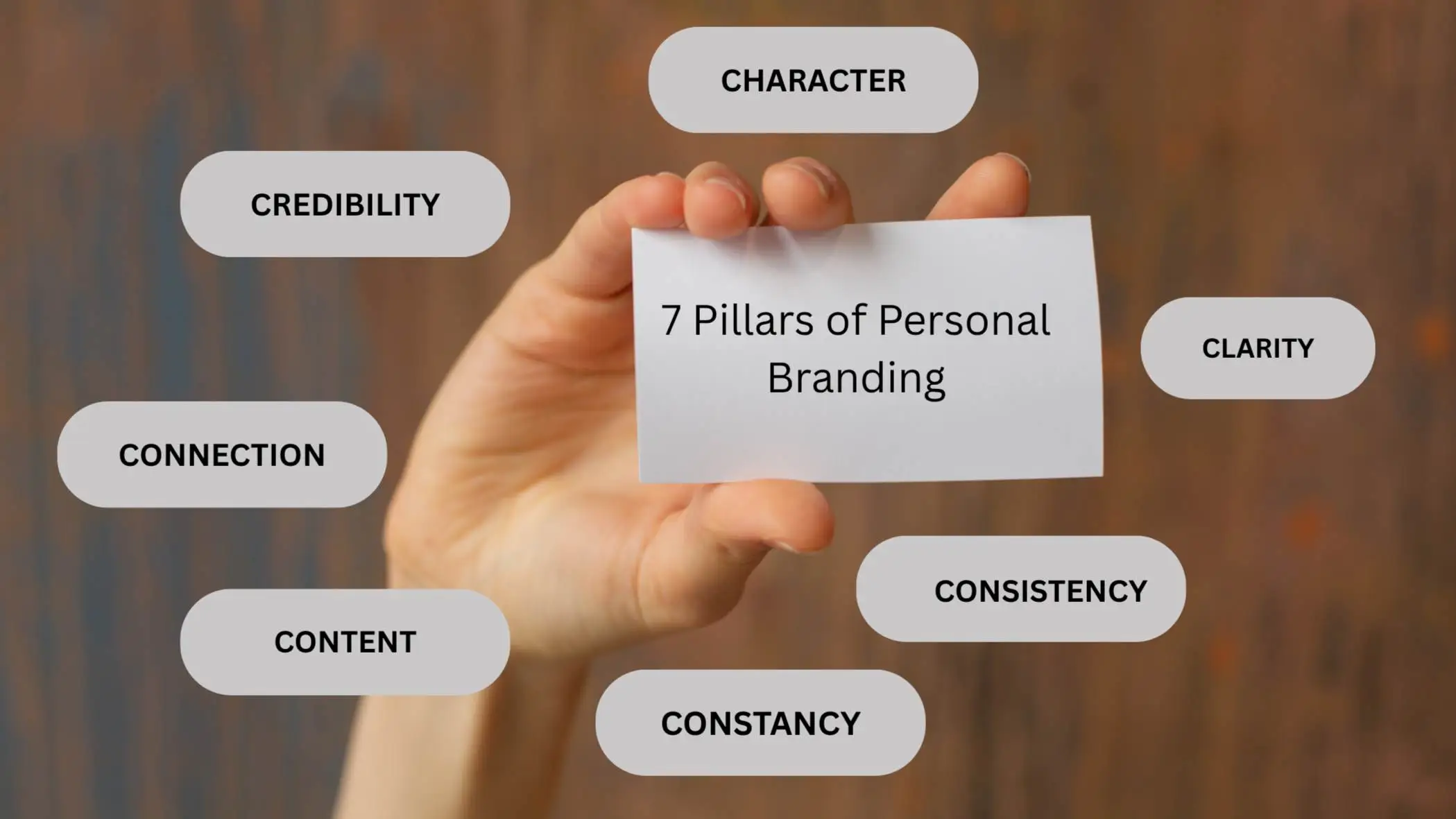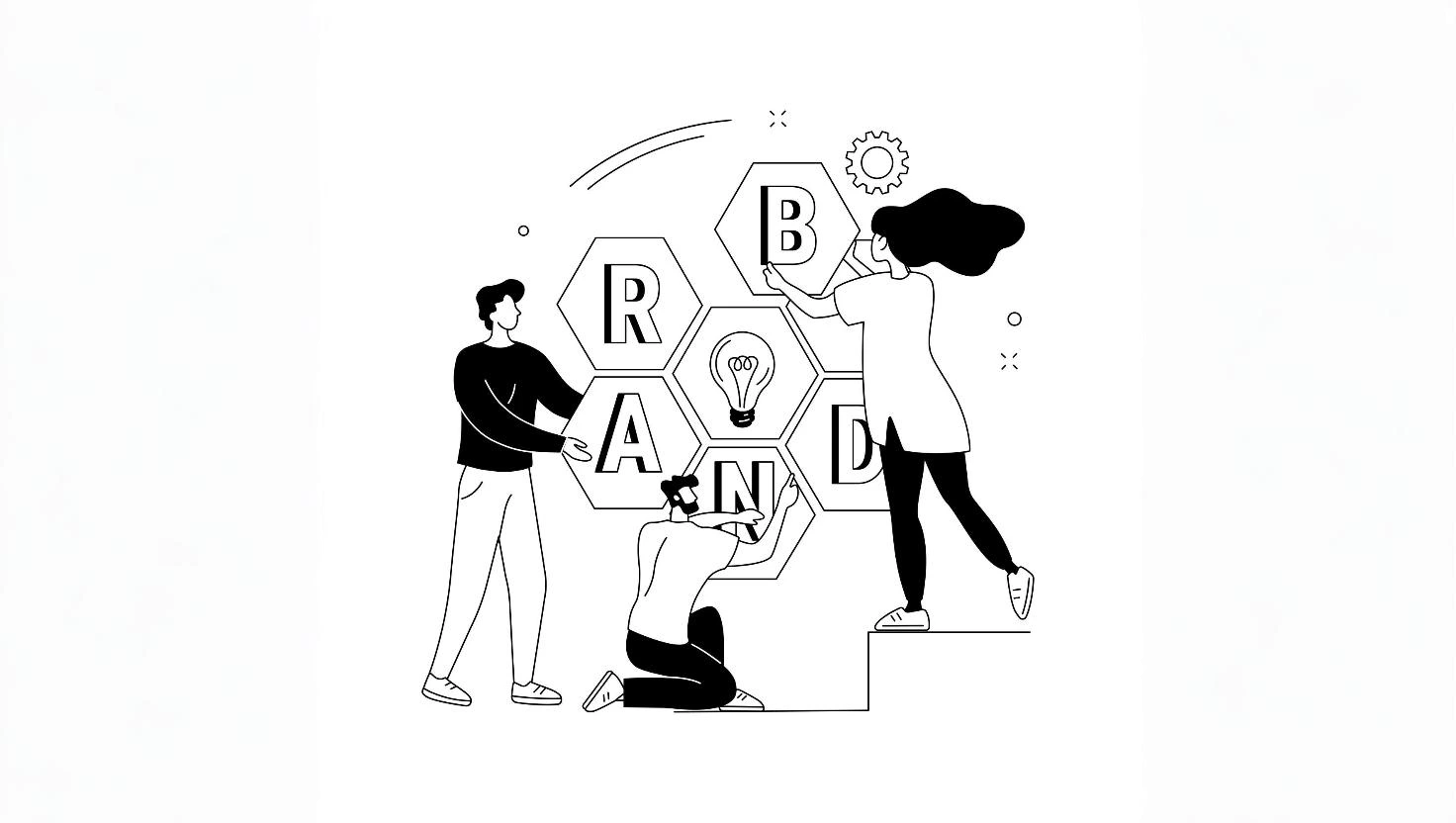If you’ve ever had the feeling that branding and marketing are rather similar, you are definitely not alone. Many people use these terms interchangeably, but they play unique roles in business growth. Let’s get down and look at the divisions between them and clarify how they work together to create a memorable, profitable brand.
Understanding Branding: More Than Just a Logo
The character of branding is related to how others view your business. Your logo, or your tagline is just one source, but it also covers the soul of the organization’s core. Branding is the cornerstone of your identity, the one thing that needs to be right for your whole brand to succeed. It is the one that states your values, character, and the way you emotionally relate to your customers.
Key Points:
- Branding answers the question: Who are we as a business?
- It creates a consistent experience that builds trust and loyalty.
- Successful branding helps people instantly recognize and connect with you.
When you focus on branding, you create an image that resonates deeply with your audience. This is such a link that makes regular customers become our most faithful supporters.
Marketing: How You Spread the Word
Marketing is how you promote your brand. The approaches and methods you take to deliver your message and make people curious about the things you are offering. Unlike branding, which is constant, marketing campaigns may change based on goals, trends, or seasons.
Key Points:
- Marketing answers the question: How will people find out about us?
- It involves strategies like social media ads, content, and email campaigns.
- Effective marketing drives awareness, conversions, and sales.
Marketing is the vehicle through which your brand’s message is communicated to the world. If the heart is the branding, the voice is the marketing.
Why People Confuse Branding and Marketing?
Branding and marketing are closely linked, so it’s easy to see why people confuse them. Here’s an analogy:
Think of it as a human being. Branding is the soul, the spirit, the style of that person. Marketing is the way this person expresses his/her thoughts and interacts with other people. You need both for people to know who you are and why they should care.
The Impact of Confusing the Two:
When brands mix up their branding with their marketing, they risk focusing too much on promotions without building a strong identity. This can lead to:
- Inconsistent messaging that confuses customers.
- Short-term growth without long-term loyalty.
- Wasted resources on strategies that don’t align with the brand’s core values.
A brand without marketing stays hidden. Marketing without branding feels empty. For success, both need to work in harmony.
How to Use Both Effectively
A business that can both grow and develop will have a strong brand and an effective marketing strategy. Here’s how to align them:
- Define Your Brand First: Set your brand values, voice, and story straight before marketing.
- Create Consistent Messaging: Ensure your brand’s message is the same across all marketing channels.
- Build Trust through Branding: Use the unique characteristics of the brand to convey your thoughts.
- Leverage Marketing Strategies: Use social media, ads, and content to spread your message effectively.
Summary:
Branding and marketing each serve unique purposes but are essential together. Branding sets the stage, while marketing draws the audience in. So, the next time you strategize, ask yourself: Are we showing who we are, or simply promoting what we offer?
Understanding this difference can help your business build lasting customer relationships and achieve sustainable growth.




